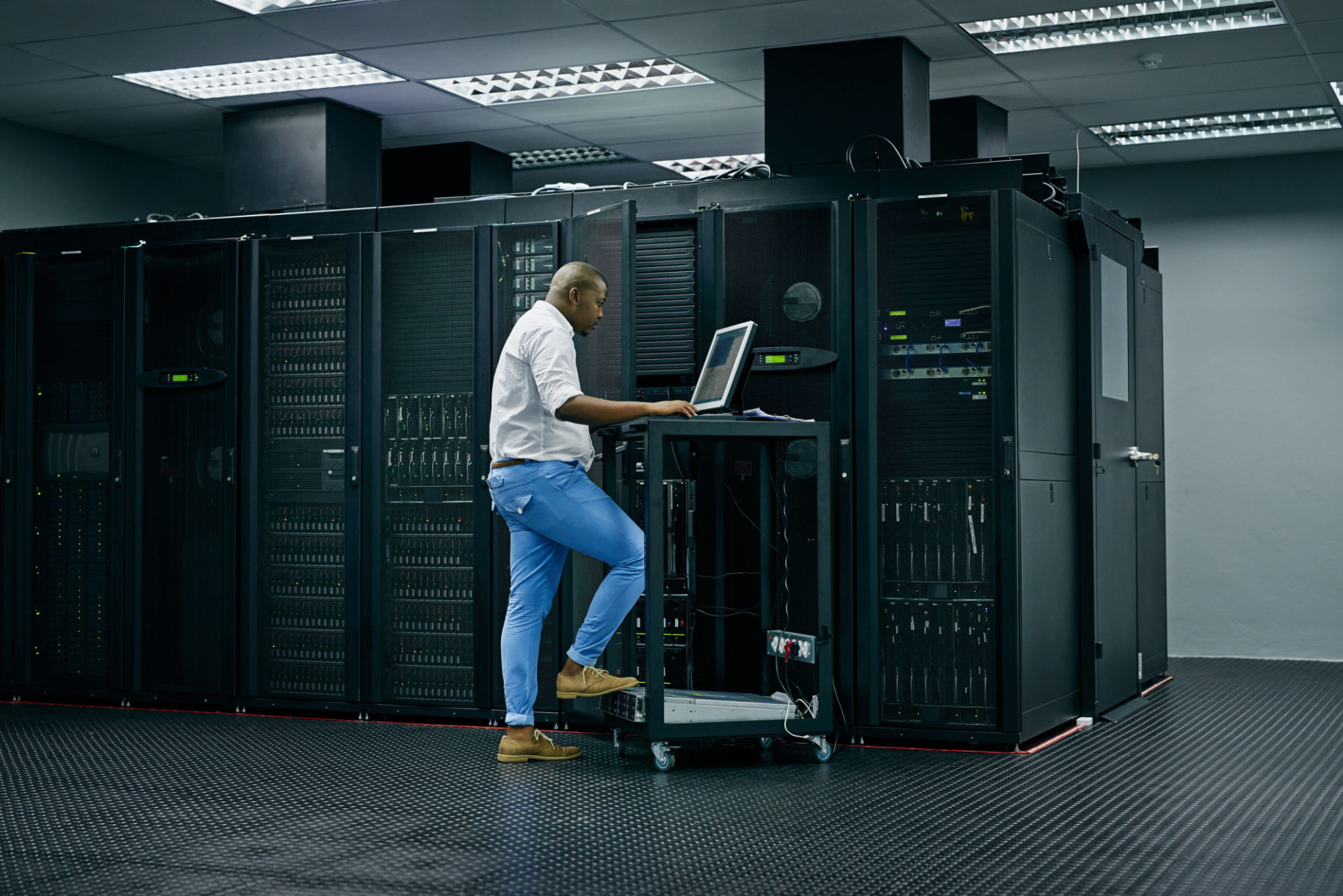The Ultimate Guide to AI Setup Instructions for Beginners
Understanding AI Basics
Artificial Intelligence (AI) is transforming the way we interact with technology. For beginners, setting up AI systems may seem daunting, but with the right guidance, it becomes an achievable task. This guide will walk you through the essentials of setting up AI systems, ensuring you have a solid foundation to build upon.

Choosing the Right AI Tools
The first step to setting up AI is selecting the right tools that suit your needs. There are various platforms available such as TensorFlow, PyTorch, and Keras. Each offers unique features tailored for different applications. Consider what tasks you want your AI to perform and research which platform aligns best with these objectives.
It's also crucial to ensure compatibility with your existing technical environment. Check system requirements and compatibility with your operating system before proceeding with any installations.
Setting Up Your AI Environment
Once you've chosen your tools, the next step is setting up your environment. This involves installing necessary software packages and configuring your system. Begin by installing a reliable development platform like Anaconda, which simplifies package management and deployment.

Installing Essential Libraries
After setting up your development environment, install essential libraries. Use package managers like pip or conda to install libraries such as NumPy, Pandas, and Matplotlib. These libraries are fundamental for data manipulation and visualization, crucial components of any AI project.
Regularly update these libraries to ensure you have access to the latest features and security patches. Keeping your tools up-to-date is vital for maintaining system efficiency and security.
Data Preparation
A critical aspect of AI setup is data preparation. High-quality data is essential for training effective AI models. Begin by collecting relevant data sets, ensuring they are clean and well-labeled. Data cleaning involves removing duplicates, handling missing values, and correcting inconsistencies.

Data Normalization
Once your data is clean, normalize it to ensure consistency across the dataset. Normalization involves scaling features to a common range, which helps improve model accuracy and performance. Techniques like min-max scaling or z-score normalization are commonly used in practice.
Training Your AI Model
With data prepared, you can now focus on training your AI model. Select an appropriate algorithm based on your objectives. For instance, use classification algorithms for tasks like spam detection or regression algorithms for predicting house prices.
During training, monitor your model's performance using metrics such as accuracy, precision, and recall. Adjust model parameters and iterate on the training process to enhance performance.

Evaluating and Deploying Your Model
After training, it's crucial to evaluate your model's effectiveness on unseen data sets. This helps validate its predictive power and generalizability. Use techniques like cross-validation to assess performance objectively.
Once satisfied with the evaluation results, deploy your model in a production environment. Ensure that it's integrated smoothly with existing systems and ready to handle real-world data inputs effectively.
Continuous Learning and Improvement
AI is a rapidly evolving field, and continuous learning is key to staying updated with new developments and improving your AI systems. Engage with online communities, attend webinars, and read the latest research papers to keep your skills sharp.
By following this comprehensive guide, beginners can confidently navigate the initial stages of AI setup and embark on their journey into the world of artificial intelligence.